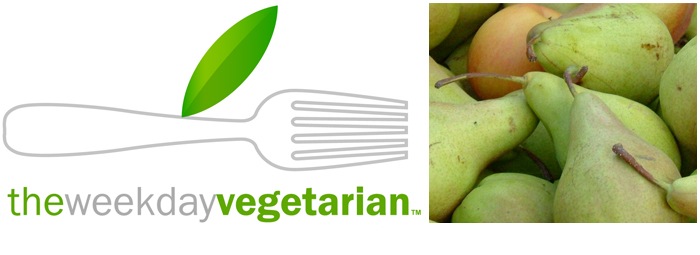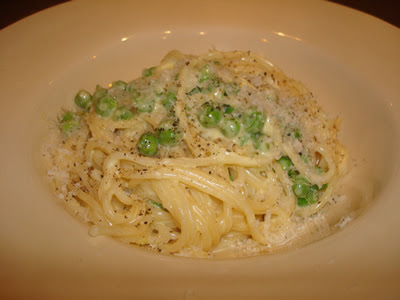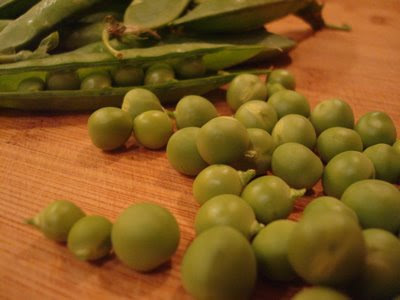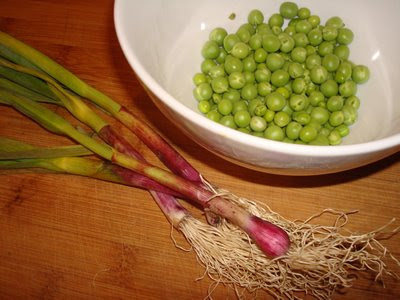
The best way to know what is in your food is to make it yourself.
Overall, homemade peanut butter costs about the same to make it as is does to buy it, but there are so many added benefits to making your own. You won’t believe how easy it is and the flavor of freshly roasted peanut butter is amazing. But the biggest benefit is that you control the ingredients.
Most commercial brands of peanut butter often contain added sugar and oils, including partially hydrogenated oil (trans fats). The two main reasons this is added is for texture, to give it that ultra creamy look and feel, and as a preservative to extend the shelf life. Be careful with hidden trans fats, the new labeling regulations state that products can claim 0 trans fats as long as they only contain 0.5g. Unfortunately so many products still contain 0.5g, your daily intake can add up quickly. The National Academy of Sciences states that there is not a safe level of partially hydrogenated trans fat and yet it is still widely used in our food supply. For more information on trans fats or just a quick refresher go to http://www.bantransfats.com/abouttransfat.html
But enough about trans fats (people that know me know I can go on for days about this topic) this entry is about how to make homemade peanut butter.

The healthiest peanut butter has one ingredient; fresh dry roasted peanuts. Maybe a pinch of salt. If you like an extra creamy, slightly sweeter peanut butter add a spoonful of honey.
Recipe:

Start with shelled, raw, organic peanuts. One pound of peanuts gives you about 1 ½ cups of peanut butter.


To remove the skins, vigorously rub the peanuts together in a clean dish cloth. This will slightly loosen the skins. Place the peanuts into the strainer part of a salad spinner and shake so the loose skins will fall through.
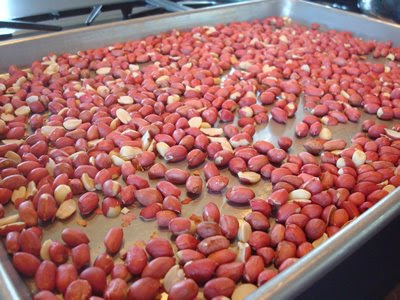
Pour the peanuts onto a baking sheet and roast in a 350 degree oven for about 20 minutes or until they are lightly toasted and fragrant. Start checking them at about 15 minutes, you don’t want your peanuts to burn. Stir the peanuts several times during the baking process, making sure the nuts are roasting evenly.

Once you take them out of the oven they will continue to cook until cooled, so I like to take them out just before they are at the color I am looking for.
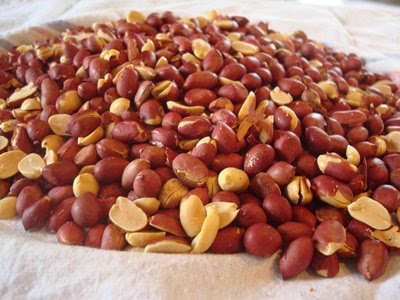
Pour the roasted nuts on to the clean dishtowel. The nuts will be extremely hot at this point so let them cool for a few minutes. Once the nuts are cool enough to touch, vigorously rub the nuts between the towel,

then pour them into the strainer and shake so the loose skins will fall through. You will want to do this several times until most of the skins are removed. There are always stubborn ones that I rub off by hand. This process can take some time, but I promise you, once you taste fresh warm roasted peanut butter you’ll wonder why you haven’t made it before.

Once the skins are removed, put the peanuts in the food processor and blend until creamy and smooth. This will take several minutes.


First the peanuts will turn into a crumbly mixture with the texture of cornmeal. You may want to stop the processor and scrape down the sides. Keep on blending. Next it will form a ball, keep on blending. After a minute or two the peanuts will start to release their oil and they will become creamy and smooth.

Blend until you have a desired consistency. If you are going to add salt do it at this time and give it one more quick blend. The fresh roasted peanuts have so much flavor you really only need a pinch or two of kosher salt. If you are going to add honey, also add it at this time.
If you want chunky peanut butter, keep a handful of nuts out of the food processor and chop by hand. Stir them in with a spoon at the end.
Done, that’s it. Yummy, warm fresh peanut butter.
Homemade peanut butter will last up to several months in the fridge.

